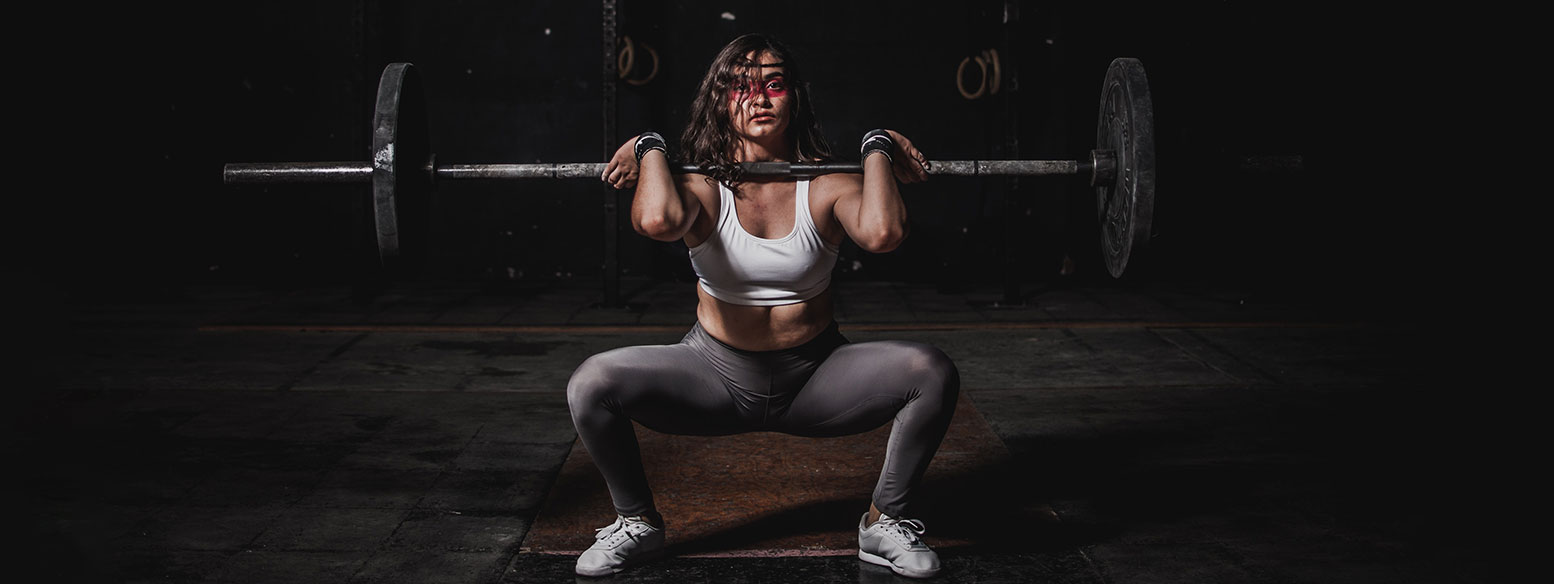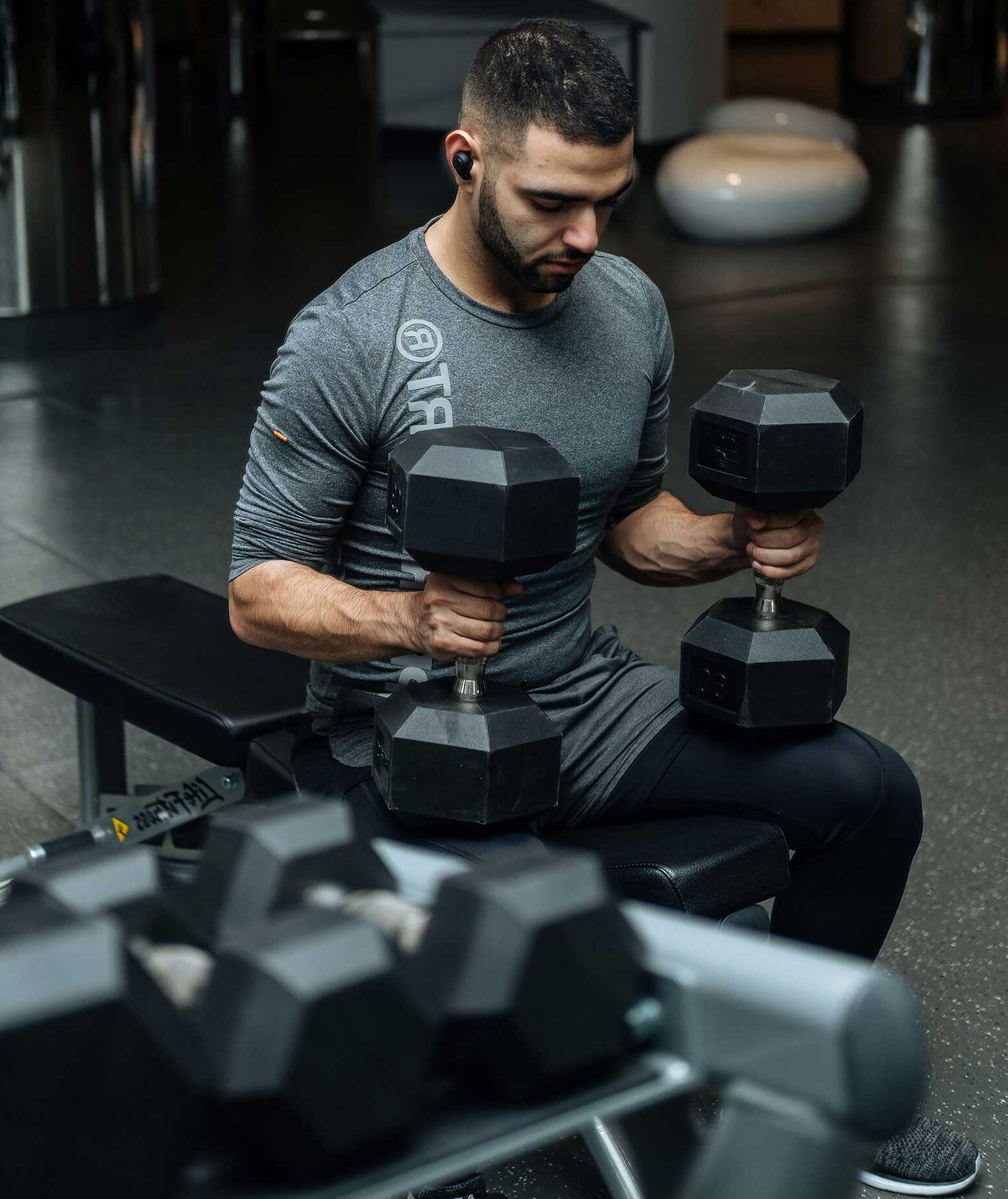W Workout Routines
The Ultimate Guide to Full-Body Workouts: Achieving Total Fitness
By
Beauty Doctor MD October 5, 2023

Achieving a well-rounded, healthy, and strong physique requires more than just targeting specific muscle groups. Full-body workouts, as the name suggests, engage multiple muscle groups in a single session, providing a comprehensive approach to fitness. Whether your goal is to build muscle, shed excess fat, or improve overall endurance and strength, incorporating full-body workouts into your fitness routine can yield remarkable results. In this comprehensive guide, we will explore the benefits of full-body workouts, different workout routines, and essential tips to help you achieve total fitness.
The Benefits of Full-Body Workouts
- Time Efficiency: Full-body workouts allow you to maximize your gym time by targeting multiple muscle groups in one session. This can be particularly beneficial for individuals with busy schedules.
- Increased Caloric Burn: Engaging multiple muscle groups simultaneously increases the calorie burn during and after your workout, making full-body workouts effective for weight loss and fat burning.
- Improved Functional Strength: Full-body workouts improve functional strength, which is essential for everyday activities like lifting, carrying, and reaching. This can enhance your overall quality of life.
- Balanced Muscle Development: By working all major muscle groups, full-body workouts promote balanced muscle development, reducing the risk of muscle imbalances and injuries.
- Enhanced Cardiovascular Fitness: Many full-body exercises, such as squats and burpees, also elevate your heart rate, providing cardiovascular benefits alongside strength training.
- Adaptability: Full-body workouts can be customized to suit different fitness levels and goals, making them suitable for beginners and experienced athletes alike.
Essential Components of Full-Body Workouts
To create an effective full-body workout routine, consider including these essential components:
- Compound Exercises: Compound exercises involve multiple joints and muscle groups. They are the foundation of full-body workouts. Examples include squats, deadlifts, bench presses, and pull-ups.
- Resistance Training: Incorporate resistance training to build muscle and strength. This can involve using dumbbells, barbells, kettlebells, resistance bands, or your body weight.

- Cardiovascular Exercises: Include cardiovascular exercises to improve endurance and burn calories. Options include running, cycling, jump rope, or high-intensity interval training (HIIT).
- Core Work: Strengthen your core with exercises like planks, Russian twists, and leg raises. A strong core is crucial for stability and injury prevention.
- Flexibility and Mobility: Don’t forget to stretch and work on flexibility. Incorporate yoga or static stretching exercises to maintain joint health and prevent muscle stiffness.

Sample Full-Body Workouts
- Workout 1: Beginner Full-Body Routine
- Squats: 3 sets of 10-12 reps
- Push-Ups: 3 sets of 8-10 reps
- Dumbbell Rows: 3 sets of 10-12 reps per arm
- Planks: 3 sets of 20-30 seconds
- Jumping Jacks: 3 sets of 30 seconds
- Workout 2: Intermediate Full-Body Routine
- Deadlifts: 3 sets of 8-10 reps
- Bench Press: 3 sets of 8-10 reps
- Kettlebell Swings: 3 sets of 15-20 reps
- Mountain Climbers: 3 sets of 30 seconds
- Russian Twists: 3 sets of 12-15 reps per side
- Workout 3: Advanced Full-Body Routine
- Clean and Press: 3 sets of 5-6 reps
- Pull-Ups: 3 sets of 8-10 reps
- Burpees: 3 sets of 12-15 reps
- Hanging Leg Raises: 3 sets of 10-12 reps
- Sprints: 3 sets of 200 meters
Tips for an Effective Full-Body Workout
-
- Warm-Up Thoroughly: Begin each session with a dynamic warm-up to increase blood flow, improve mobility, and reduce the risk of injury.
- Maintain Proper Form: Proper form is crucial to prevent injuries and ensure effective muscle engagement. If you’re unsure, consider working with a trainer.
- Balance Intensity and Rest: Find the right balance between intensity and rest. Full-body workouts can be demanding, so allow adequate recovery time between sessions.
- Progress Gradually: As you get stronger, increase the weight, intensity, or complexity of your exercises gradually to avoid plateaus.
- Stay Hydrated and Eat Well: Proper nutrition and hydration are essential for optimal performance and recovery. Consume a balanced diet and stay hydrated throughout your workouts.
- Listen to Your Body: Pay attention to your body’s signals. If you experience pain, discomfort, or extreme fatigue, it’s okay to modify or skip exercises.
- Incorporate Variety: Keep your workouts interesting by incorporating different exercises and workout routines. This prevents boredom and keeps your muscles challenged.
- Rest and Recovery: Allow your body sufficient time to recover between full-body workouts. Adequate sleep and rest days are essential for muscle repair and growth.
Conclusion
Full-body workouts offer a holistic approach to fitness, addressing strength, endurance, cardiovascular health, and flexibility all in one session. Whether you’re a beginner looking to get in shape or an experienced athlete seeking to break through plateaus, integrating full-body workouts into your fitness routine can yield impressive results. Remember to prioritize safety, maintain proper form, and customize your workouts to align with your fitness goals. With dedication and consistency, you can achieve total fitness and enjoy the numerous benefits that come with a well-rounded workout routine.


